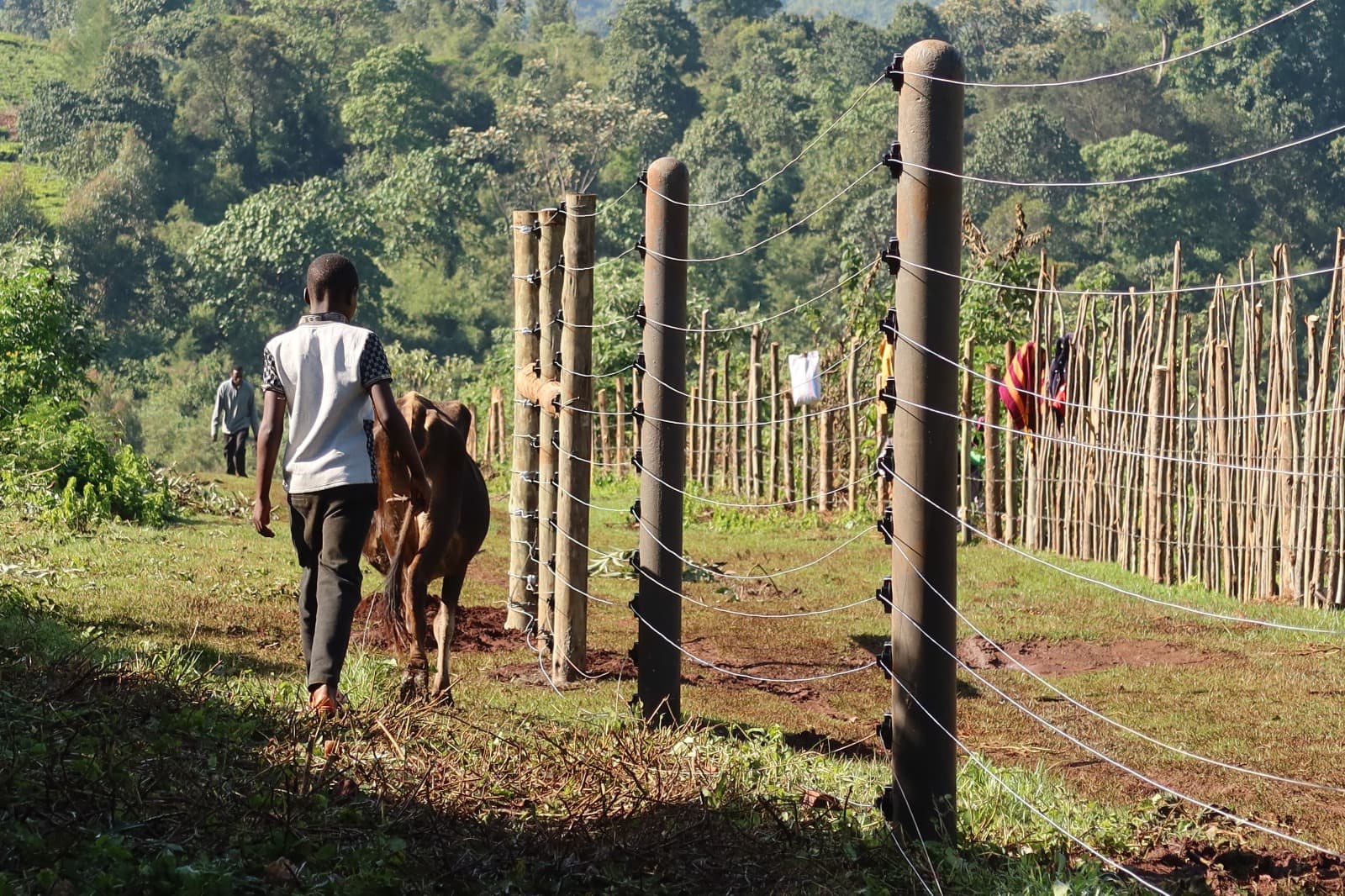Loading News Article...
We're loading the full news article for you. This includes the article content, images, author information, and related articles.
We're loading the full news article for you. This includes the article content, images, author information, and related articles.
The new electric barrier in South Western Mau aims to curb illegal logging and escalating human-wildlife conflict, securing a critical water source for millions and protecting one of Kenya's most fragile and important ecosystems.

NAIROBI—Conservation group Rhino Ark, in collaboration with state agencies, announced on Monday, November 17, 2025, the completion and activation of a 7.8-kilometre electric fence in the South Western Mau Forest Complex. This development marks a significant milestone in the long-term strategy to protect Kenya's largest and most critical water tower from rampant deforestation and increasing human-wildlife conflict.
The newly fenced section, whose construction began on September 17, 2025, extends from Kusumek Outpost, running 2 kilometres north to the Sondu River and 5.8 kilometres south towards Tirigoi Village. The project was a multi-stakeholder effort, jointly overseen by Rhino Ark, the Kenya Forest Service (KFS), Kenya Wildlife Service (KWS), the local Community Forest Association (CFA), and National Government Administrative Officers (NGAO).
The Mau Forest Complex is the largest indigenous montane forest in East Africa and is widely considered the most important of Kenya's five water towers. Spanning over 400,000 hectares, it forms the upper catchment for 12 major rivers, including the Mara, Sondu, and Njoro, which feed vital lakes such as Victoria, Nakuru, and Natron. The ecosystem supports the livelihoods of millions of Kenyans through its role in agriculture, tourism, and energy generation, contributing an estimated KES 20 billion annually to the national economy.
However, the complex faces severe threats. Over the past two decades, it is estimated that over 25%, or more than 100,000 hectares, of the Mau has been lost due to illegal settlements, logging, charcoal burning, and agricultural expansion. This degradation has led to a water crisis in some regions, with perennial rivers becoming seasonal, groundwater levels dropping, and increased soil erosion affecting downstream communities and ecosystems.
The electric fence is designed as a crucial management tool to address the twin challenges of illegal human activity and human-wildlife conflict. Forest-adjacent communities have faced significant hardship from wildlife, including elephants and buffalo, raiding crops and posing a threat to human life. The Kenya Wildlife Service has noted that such conflicts are a major issue in regions bordering unfenced protected areas.
By establishing a clear, physical boundary, the fence is expected to deter encroachment, prevent illegal logging and charcoal burning, and provide a safer environment for local communities. Experience from similar fencing projects, such as the one around the Aberdare ecosystem, has shown a dramatic reduction in human-wildlife conflict, allowing for improved agricultural productivity and security for residents. Rhino Ark stated the fence is “a shield for forests, wildlife, farms, and livelihoods.”
This latest achievement in the Mau is part of a broader national effort by Rhino Ark and its partners to secure Kenya's key forested areas. The organization also reported significant progress on the Kakamega Forest electric fence, a 117-kilometre project being implemented with partners including the M-PESA Foundation and the county governments of Kakamega and Vihiga. As of October 2025, 46.5 kilometres of the Kakamega fence had been completed, protecting Kenya's only remaining tropical rainforest.
While effective, fencing is a costly and long-term commitment. The construction of an electric fence costs approximately KES 2.5 million per kilometre, with annual maintenance costs of around KES 80,000 per kilometre. These projects rely on a combination of government funding, corporate partnerships, and public fundraising, notably through the annual Rhino Charge off-road event. The ultimate goal is to create a sustainable model for conservation that balances the needs of wildlife with those of the millions of people who depend on these vital ecosystems for their survival and prosperity.